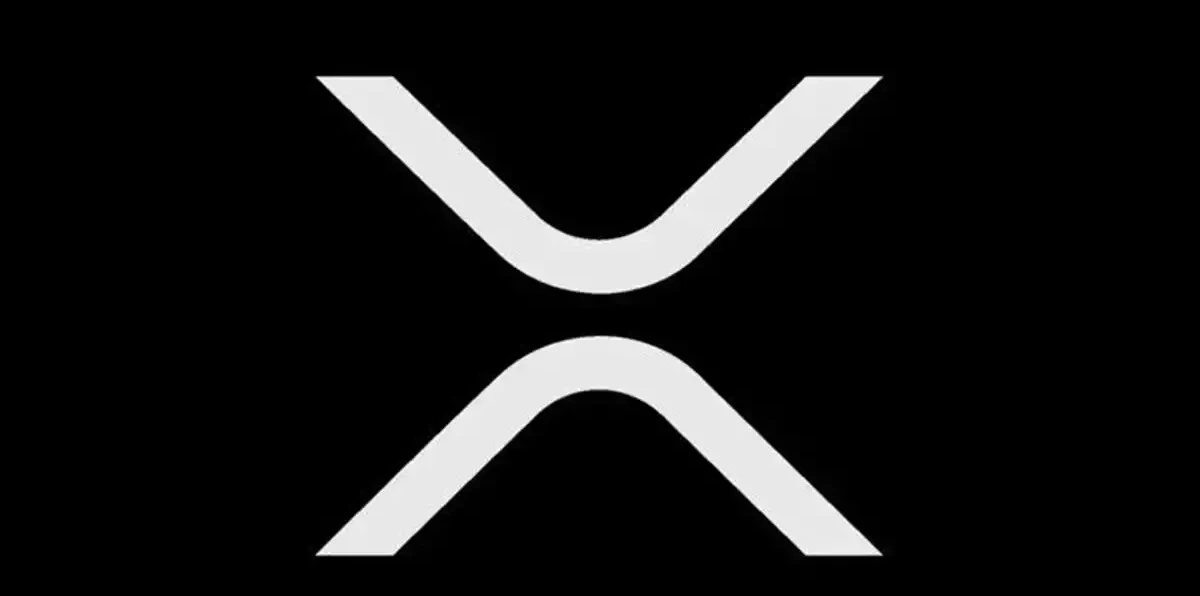- XRP could reach $1,000 if banks route settlement flows.
- Corporate treasuries on XRPL may drive XRP toward $100.
- Central banks adopting XRP could push value past $10,000.
According to market commentator Pumpius, XRP’s value could rise sharply if global banks and corporations fully integrate the token into financial flows. He noted that XRP functions as a liquidity engine, meaning its price is determined by demand for settlement rather than speculation.
In his analysis, he suggested that Ripple securing a U.S. national trust bank license could open the first major path. That move would unlock at least $500 billion in yearly settlement flows, pushing XRP to a plausible $50 price level.
Banking and Corporate Adoption Scenarios
Corporate treasuries represent another potential adoption case. Pumpius stated that if multinational firms such as Apple, Amazon, and Microsoft manage treasury flows through XRPL, the volume could reach $5 trillion annually. Under this condition, XRP could climb to around $100.
Also Read: Ripple vs SWIFT: Here Are the Reasons Why Banks Won’t Use XRP – SWIFT CIO Discloses
Global banking networks also emerged as a key driver. With correspondent banking flows totaling $6.6 trillion daily, even routing five percent of this volume through XRPL would equal $330 billion each day. Pumpius explained that such liquidity demand would require XRP to be repriced, with a projected value above $1,000.
Central Banks and Tokenized Markets
Beyond banks and corporations, he highlighted central bank adoption as another critical phase. The global foreign exchange market processes $7.5 trillion daily, and routing ten percent through XRPL could push XRP beyond $10,000.
Moreover, the tokenization of capital markets, estimated at over $100 trillion, would place XRP at the core of securities settlement. In this scenario, the projected price could reach $100,000, supported by large-scale liquidity needs.
Expanding Use Cases
Pumpius also explored identity-focused applications such as genomic data anchored through the DNA Protocol. He said integrating biometric verification into XRPL transactions could expand real-world use and demand.
Ultimately, his thread painted a picture of XRP evolving into a central layer for global value exchange. With banks, corporations, and capital markets adopting XRPL, XRP’s repricing could follow liquidity demand at each stage of integration.
The projections outlined by Pumpius continue to fuel discussion within the XRP community. With Ripple and the SEC having ended their legal battle, attention now shifts to adoption pathways that could shape XRP’s long-term value.
Also Read: Analyst Reveals When ‘the Real XRP Rally’ Will Start

